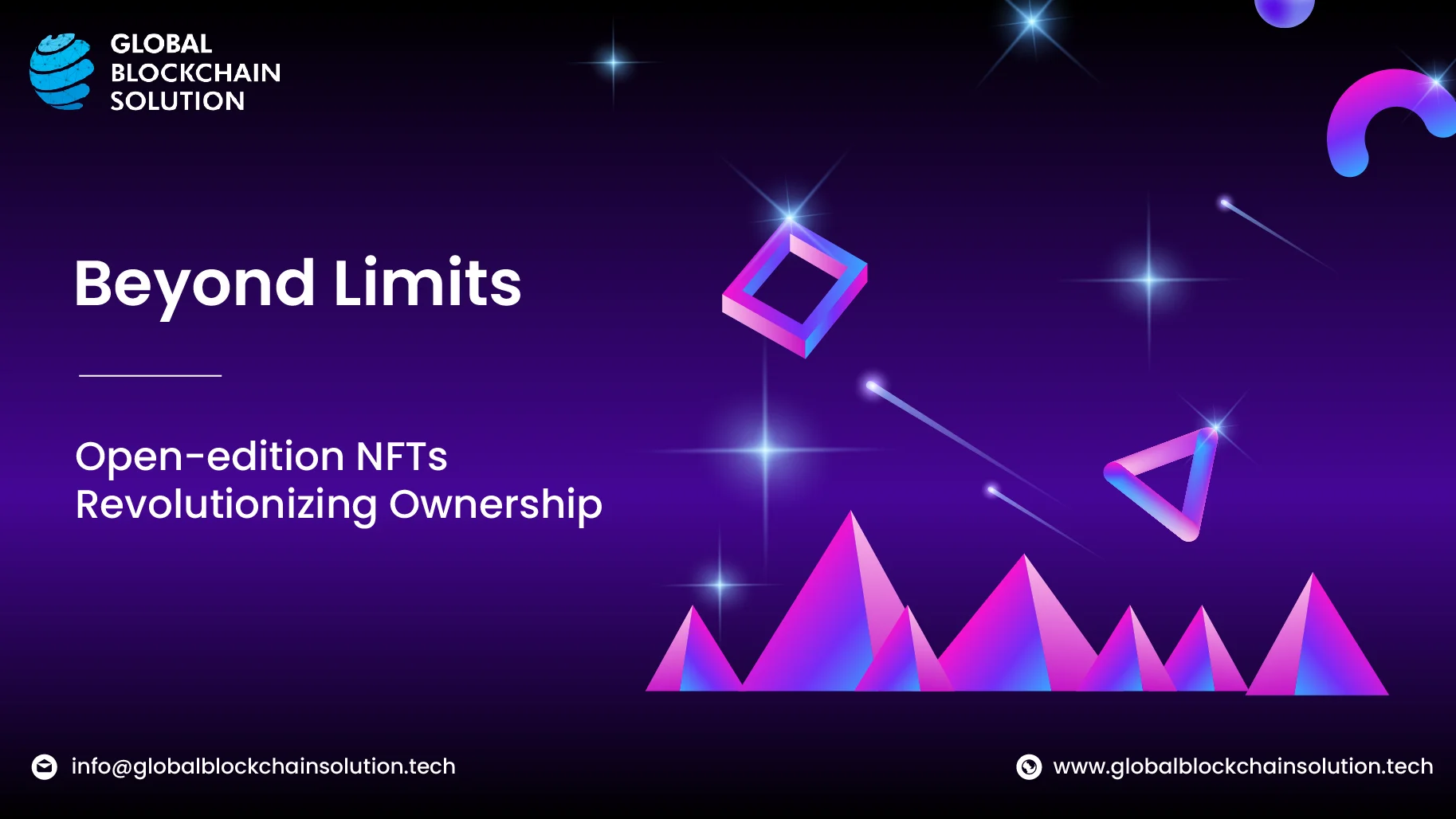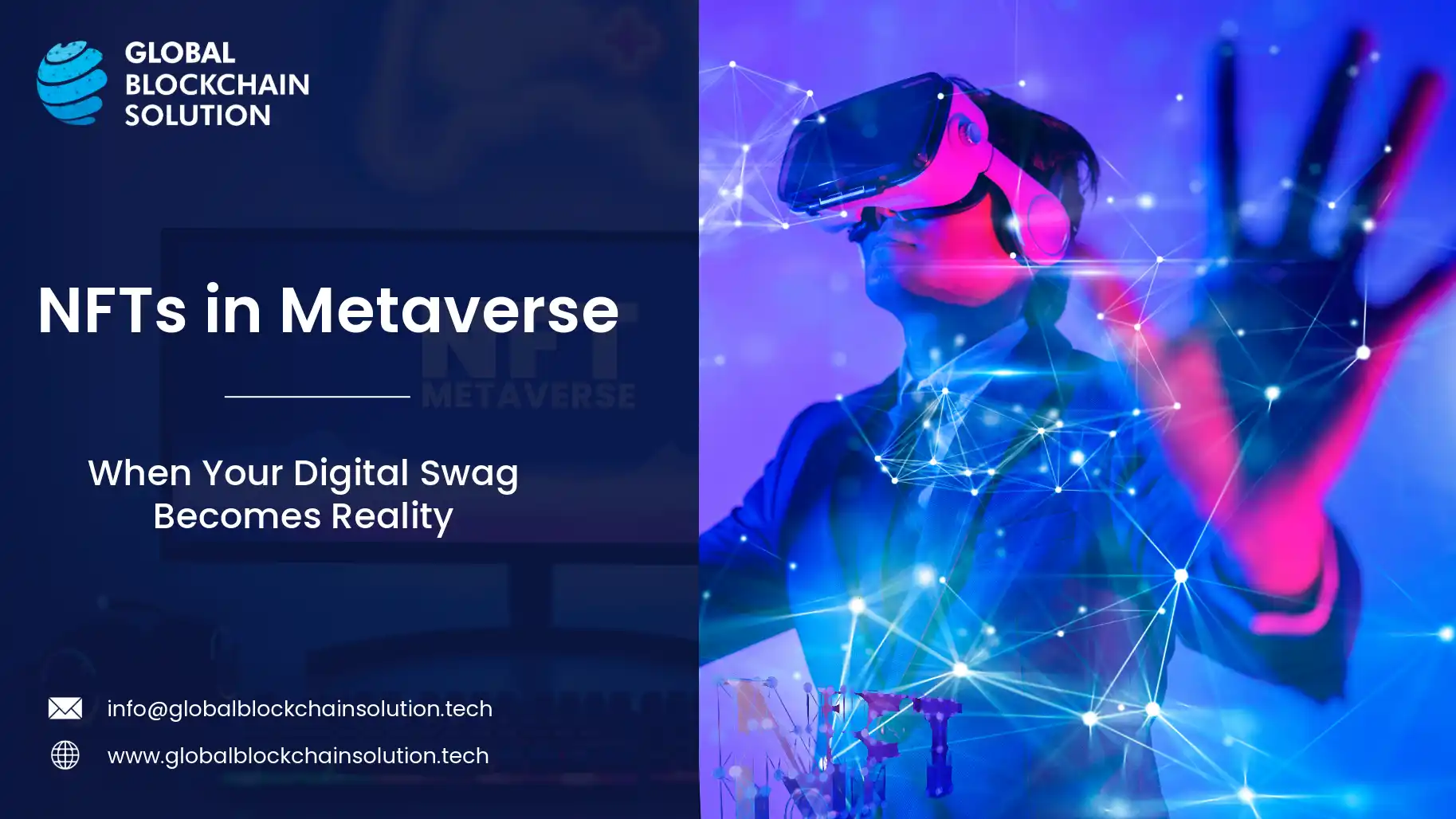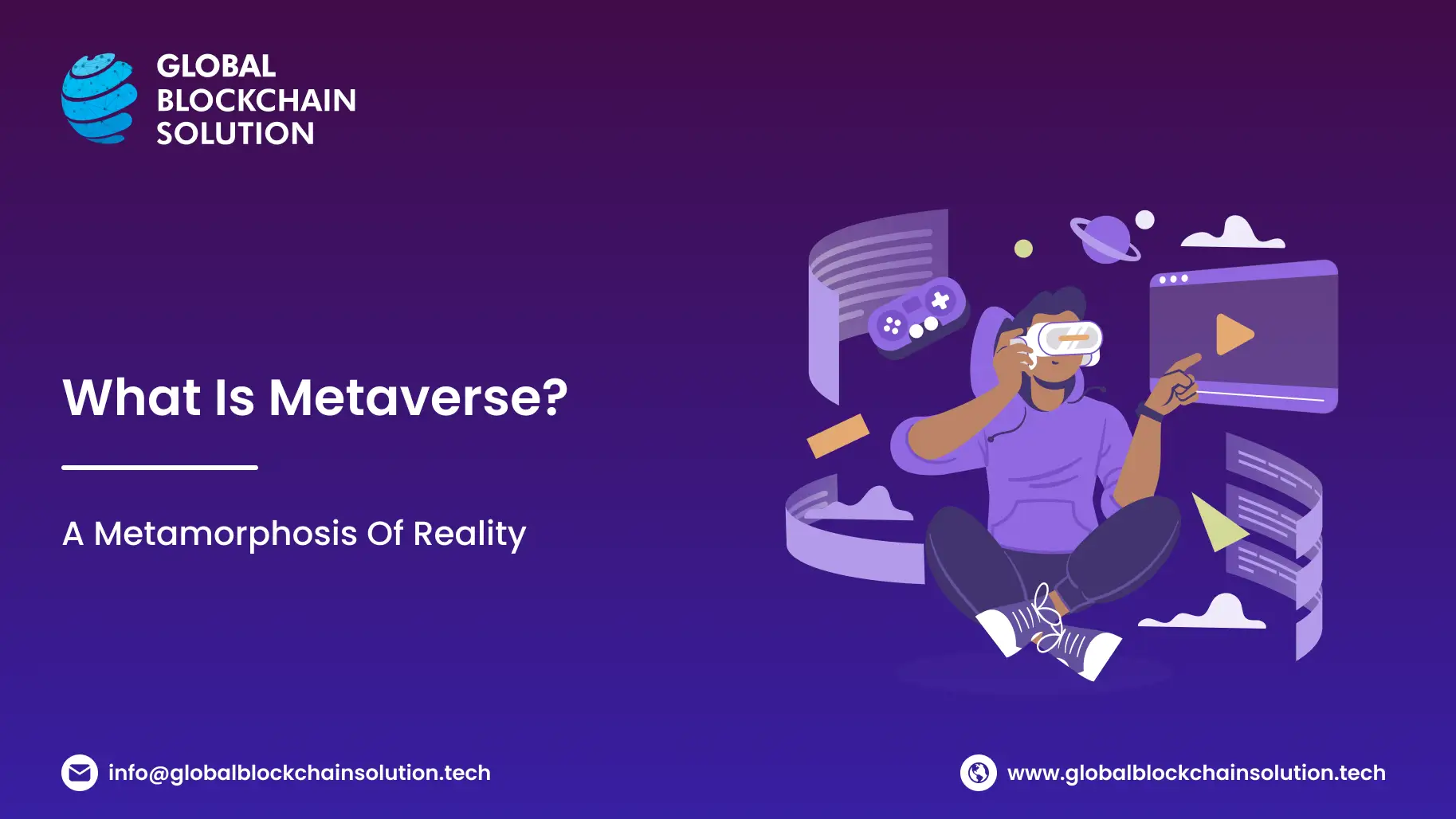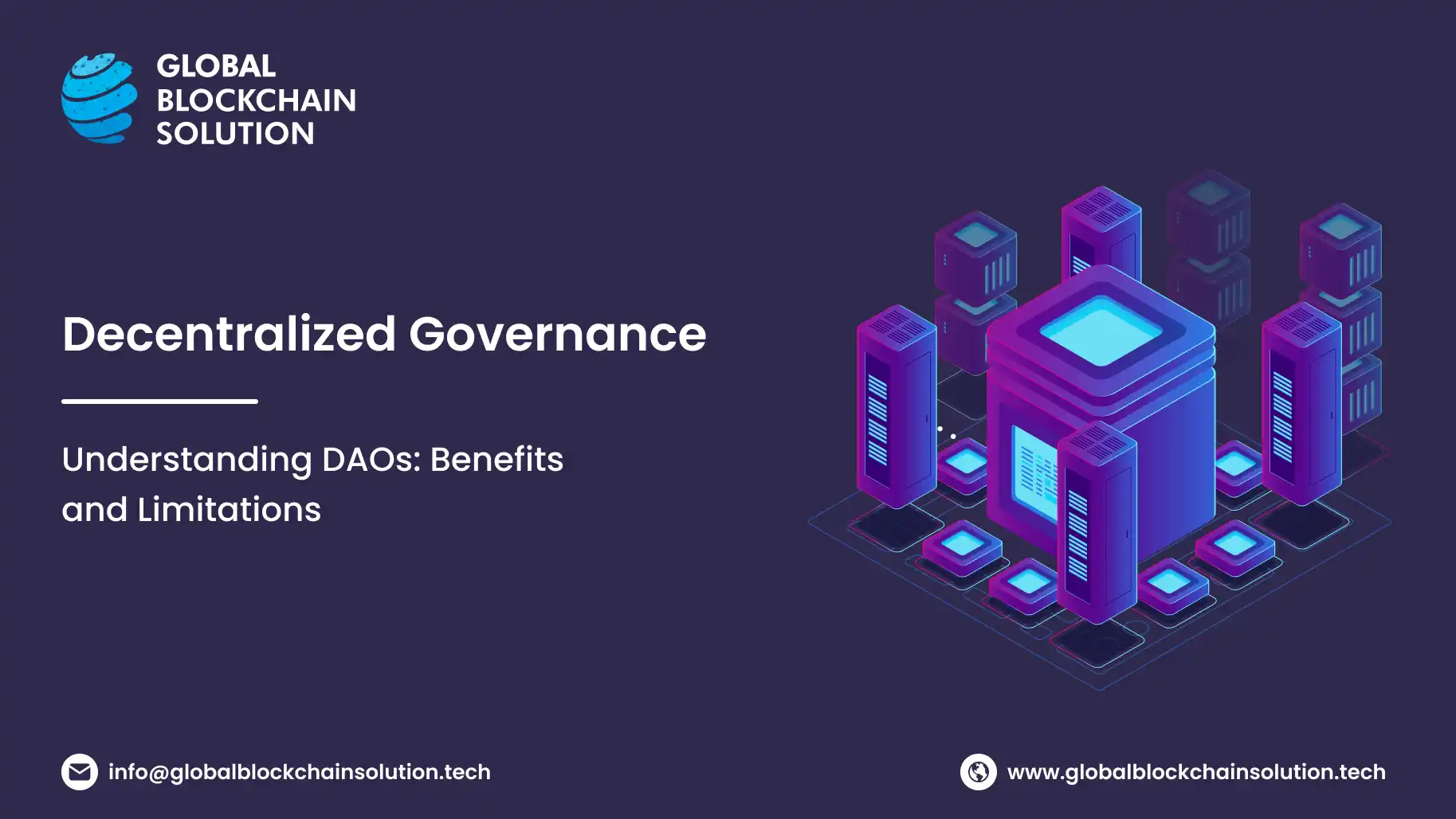Open edition NFTs are revolutionizing the digital art market by offering unlimited minting within a set timeframe, contrasting sharply with the scarcity-driven model of limited editions like the Bored Ape Yacht Club.
This shift has democratized digital art, evident in success stories like Jack Butcher’s "Checks VV" NFT, which soared in value from an initial $8 to over $2,000.
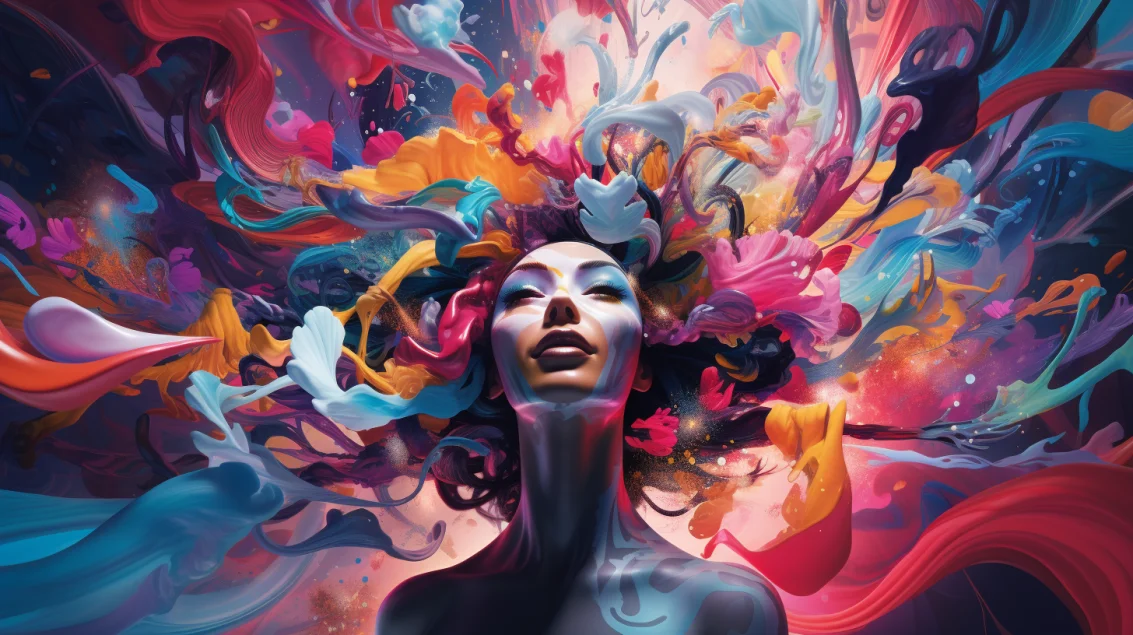
However, the open-edition NFT model also brings challenges in value appreciation. Open edition NFTs face potential oversupply, posing a unique conundrum in the balance between accessibility and rarity.
At Global Blockchain Solution, today's blog takes a closer look at open edition NFTs, examining their transformative role in the NFT market, and their implications for artists, collectors, and the broader digital asset landscape.
We'll navigate through key examples and market trends to provide a nuanced perspective on this emerging trend, highlighting both opportunities and challenges within this exciting domain.
This Article Contains:
What are Open-Edition NFTs?
An open-edition NFT represents a significant evolution in the world of digital collectibles and blockchain technology.
Unlike a limited-edition Non-Fungible Token, which has a set number of copies (like the cap of 10,000 NFTs of the Bored Ape Yacht Club), open editions do not have a fixed number of units.
Instead, they allow for the minting of an unlimited number of units in a given collection, usually within a specified time frame. This model is geared towards making artwork more accessible to a broader audience, often at a lower price point compared to limited editions.
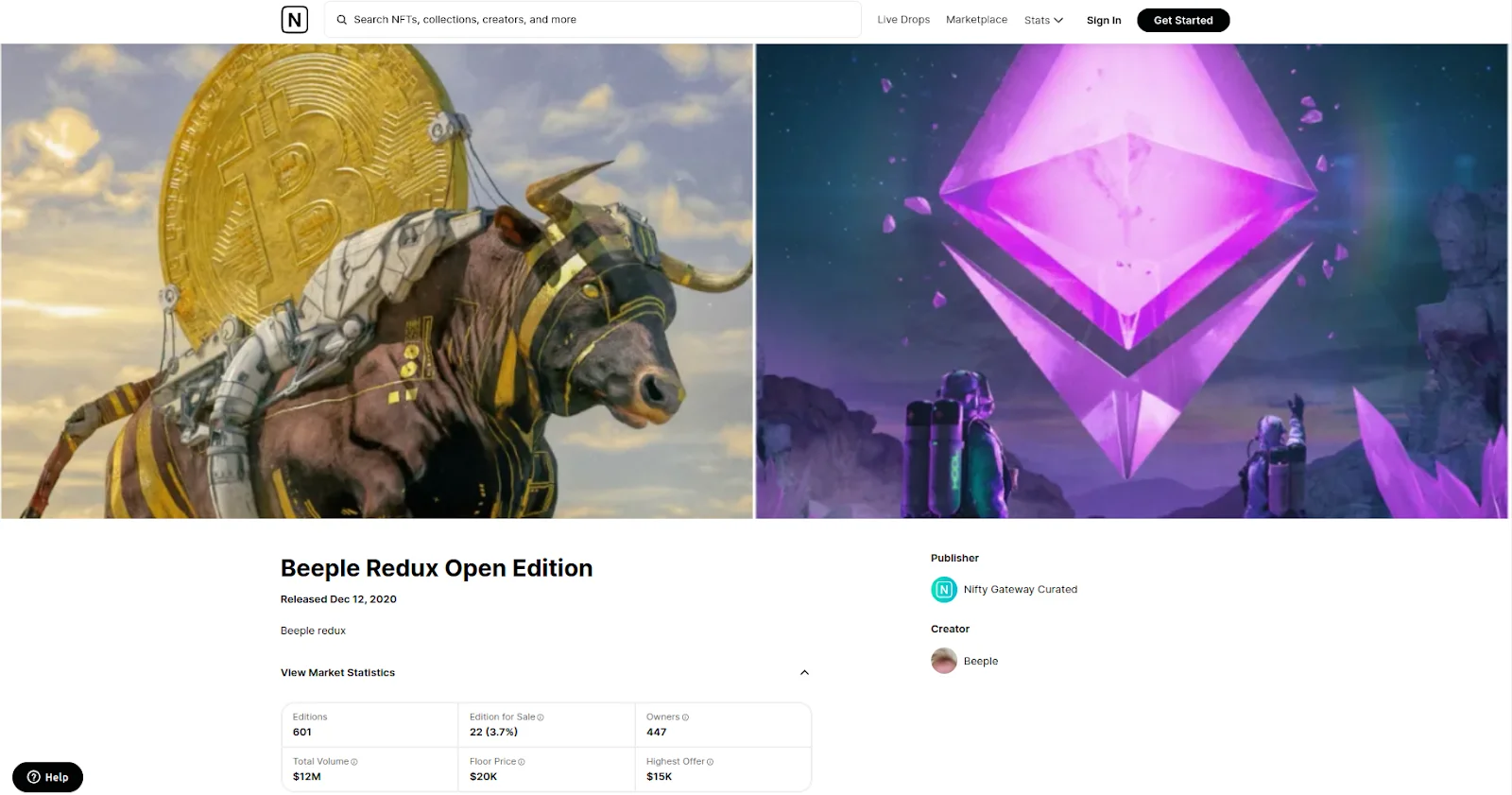
The mechanics of open edition NFTs include giving collectors a set time frame to mint an NFT from the collection. Once this time limit expires, the number of NFTs in the collection is finalized.
For instance, if a collection is available for minting for 24 hours and only three NFTs are minted in that period, the collection will be capped at three editions.
This approach can also be employed as a charitable fundraising tool, where a target goal for funds may determine when the collection will be capped.
Notable examples of open edition NFTs include "Crowd" by Creature World, an infinite-supply generative art collection, and PAK’s "The Merge", comprising 312,686 total units of mass held by 28,983 collectors (now 26,756.)
These collections highlight the uniqueness and variety that open-edition NFTs bring to the digital art space.
Types of Open-Edition NFTs
Open edition NFTs come in diverse forms, showcasing how artists are leveraging these models to democratize digital art. Broadly, they differ by minting mechanisms, each presenting unique dynamics for engagement and collecting.
Also Read: Top 10 NFTs of 2023 by sale Price
Let's examine some key open edition types enriched by insights from successful projects.
1. Unlimited Editions
Unlimited open editions offer the minting of NFTs without a fixed end date, allowing for an indefinite number of copies or units to be created. This model is particularly accessible, often at a lower price point, broadening the potential collector base.
The ERC-1155 standard is commonly used for such editions, enabling the efficient batch transfer of tokens. However, it's noted that these may not be perceived as valuable due to the potentially vast supply and less individualized tracking of ownership.
2. Limited-Time Editions
Limited-time open editions contrast with unlimited ones by offering a finite window for minting, introducing an element of urgency and scarcity. Once the window closes, no more NFTs can be minted, setting the final size of the edition.
This approach can create a buzz around the minting event, driving interest and potentially increasing the value of the NFTs minted during this period.
Also Read: CryptoKitties Case Study: Key Lessons for Blockchain Development
Advantages of Open-Edition NFTs
Some of the advantages of an open edition NFT include:
1. Increased Accessibility and Affordability
Open Edition NFTs have made digital art more accessible to a broader audience by lowering the price barrier. This inclusivity enables more collectors to participate in the NFT market.
The "Checks VV" collection allowed for the minting of an infinite number of NFTs for 24 hours, significantly lowering the entry barrier for collectors. The collection notably sold over 16,000 NFTs, demonstrating the potential reach and accessibility of open editions.
2. Platform Innovation
Early platforms like Nifty Gateway and Manifold have played crucial roles in popularizing open-edition NFTs by making them more accessible and introducing innovative features that cater to both artists and collectors.
For instance, features like burn mechanisms and Manifold’s Paid Claim Pages greatly enhance the functionality and appeal of open-edition NFTs. Similarly, empowering creators without coding knowledge to launch their NFTs broadens the creator base.
3. Utility and Experience
Open Edition NFTs can offer unique experiences or utilities beyond ownership. For example, some may grant access to exclusive digital events, serve as a membership pass to virtual clubs, or unlock special content, adding layers of value for collectors beyond the art itself.
Disadvantages of Open Edition NFTs
Some of the disadvantages of an open edition NFT include:
1. Perceived Lower Value
The infinite nature of Open Editions can lead to perceptions of lower value compared to limited editions, as scarcity is a traditional driver of value in art and collectibles.
2. Ownership and Value Tracking
The ERC-1155 standard's efficiency comes at the cost of potentially making it harder to track ownership and individual value, as opposed to the ERC-721 standard, which is preferred for its ability to assign unique values to each token from the same contract.
Also Read: What is ERC-721 Token Standard?
3. Market Saturation
While increasing accessibility, the ease of creating Open Editions might contribute to a saturated market, where the abundance of NFTs could dilute individual works' visibility and long-term value.
Examples Open-Edition NFTs
Here are some major examples of open-edition NFTs:
1. "Crowd" by Creature World
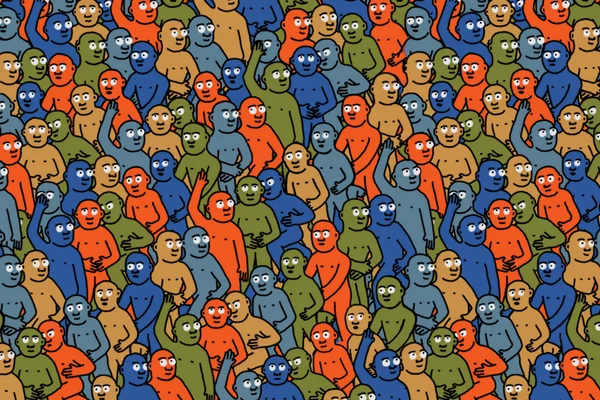
The "Crowd" collection by Creature World emerged as a groundbreaking open edition within the NFT space, combining generative art's limitless potential with the inclusivity of open editions. Over 24 hours, this collection minted over 38,000 pieces, making it one of the most successful launches of its kind in 2023.
Also Read: All Key Considerations during NFT Wallet Development
Each NFT in the "Crowd" series showcases unique color combinations, symbolizing the diversity and unity of communities. Creature World's innovative approach to generative algorithms allowed for an infinite array of unique artworks, accessible at a lower price point to ensure wider collector participation.
2. "MAX PAIN AND FRENS" by XCopy
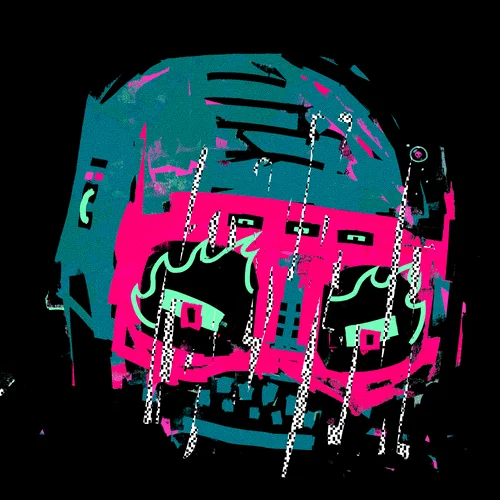
"MAX PAIN and Frens" by XCOPY was an open edition collection launched on Nifty Gateway, known for its vibrant and chaotic portrayal of the Web3 world. The collection featured a ten-minute minting window and was priced at 1 ETH per NFT.
It included lively, pulsating skulls reminiscent of Jean-Michel Basquiat's art style, showcasing XCOPY's signature dark and dystopian themes. The collection's success highlights XCOPY's status as a pioneering crypto artist and his ability to captivate both celebrities and the broader NFT community with his innovative and thought-provoking works.
3. "FRENS" by Gabe Weis
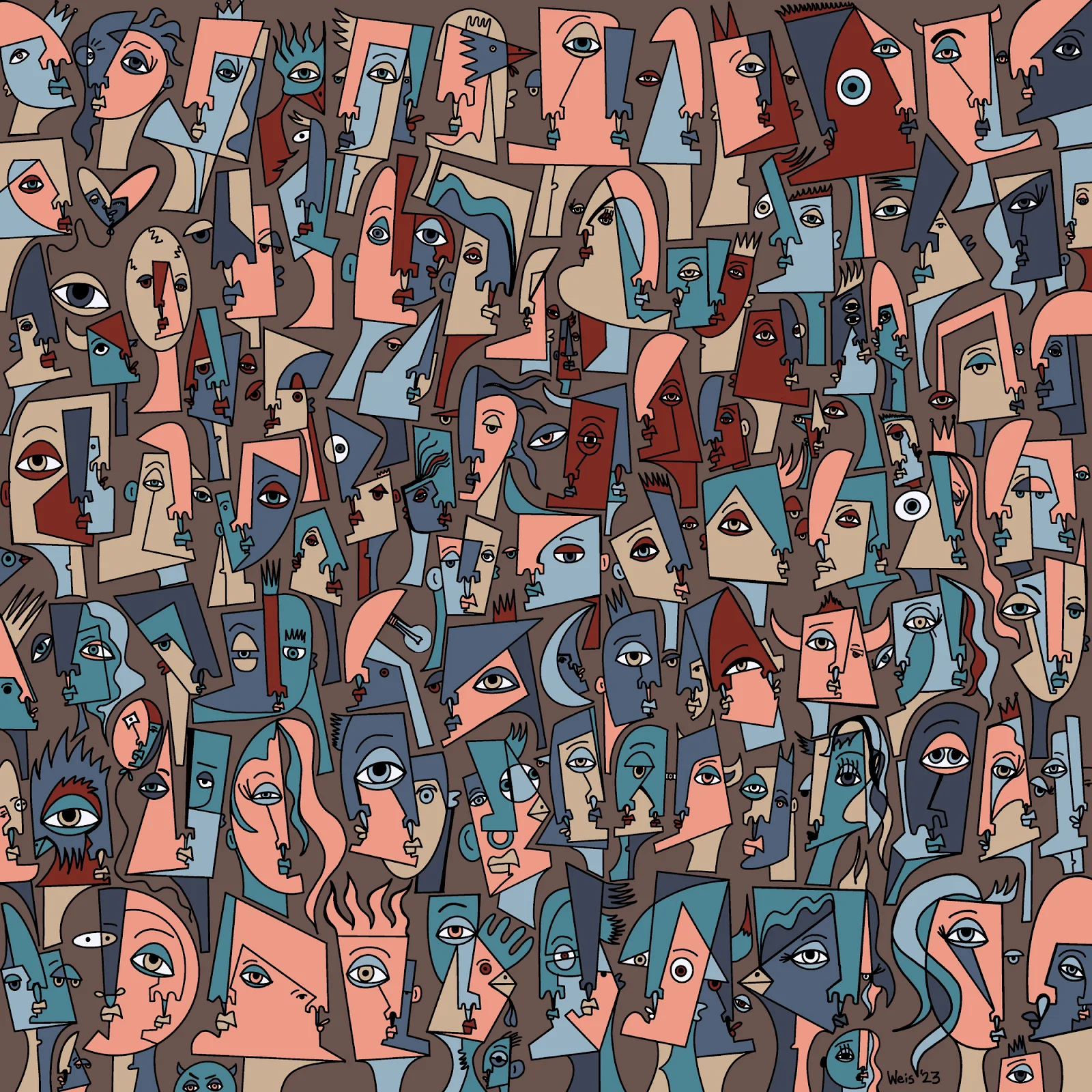
"FRENS" by Gabe Weis is a unique NFT collection that celebrates the power of friendship and the diverse connections formed within the Web3 community.
Inspired by his own experiences and the groundbreaking piece "Crowd" by Danny Cole, Weis aimed to create a collection that mirrors the uniqueness and rarity found in real-life friendships, all while embracing the open edition format to make his art accessible to a wider audience.
The collection features one piece with an infinite number of color palettes, making each NFT distinct. Despite being part of an open edition, every piece within "FRENS" is considered a 1/1 due to its unique color combinations, with some variations being rarer than others.
This approach allows collectors to own a piece of art that holds personal significance, echoing the friendships and connections Weis has formed over the years.
4. "First Day Out" by DrifterShoots

"First Day Out" by DrifterShoots, also known as Isaac Wright, is a poignant open-edition NFT collection marking the anniversary of Wright's release from jail.
The collection sold an impressive 10,351 units, generating over $6.8 million, a portion of which was donated to The Bail Project, a nonprofit organization aimed at combating mass incarceration by providing bail to those in need.
Wright's transition from a U.S. paratrooper to an urban explorer and then to a notable figure in the NFT space is a testament to his resilience and creativity. His photography, particularly the "Where My Vans Go" series, has garnered significant acclaim, with pieces fetching over $140,000 in the secondary market.
The "First Day Out" NFT features a "night mode" image of Wright reflecting on his freedom atop a bridge with the Manhattan skyline in the background, symbolizing his journey and the emotional weight of his experiences.
5. “Traitors” by XCOPY
A high-value, 5-minute limited-time open edition that showcased how scarcity and artist reputation could significantly impact collector interest and market value.
"Traitors" by XCOPY is an open-edition NFT collection that delves deep into themes of dystopia, technology, and societal issues. XCOPY, a prominent figure in the digital art scene, is known for his distinctive style that combines glitch art with thought-provoking commentary on the digital age.
The "Traitors" collection continues this exploration, offering pieces that are visually striking and laden with symbolic meaning. Each NFT in the collection represents XCOPY's critical take on various facets of modern society, including privacy concerns, the omnipresence of surveillance, and the overarching influence of technology on human life.
6. “Checks VV” by Jack Butcher
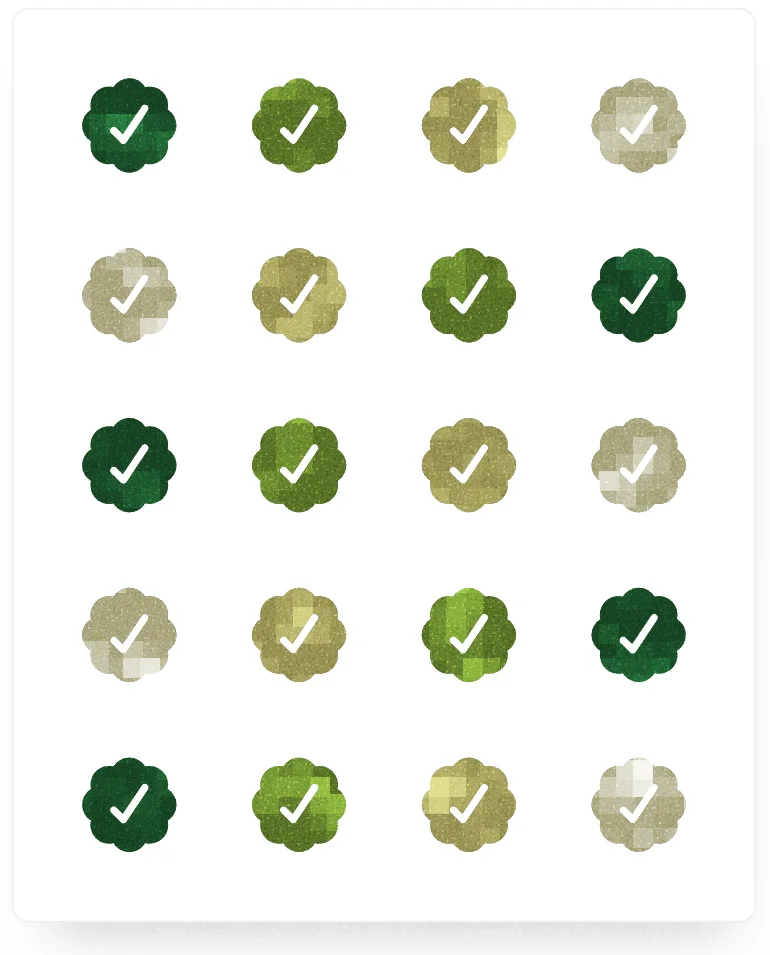
"Checks VV" by Jack Butcher is a conceptual NFT project that emerged as a reflection on and a response to the changes in Twitter's verification process under Elon Musk's leadership. Butcher saw an opportunity to explore the notions of value, status, and authenticity in the digital age through this project.
The collection, featuring 80 colorful checkmarks arranged in a grid, challenges traditional perceptions of NFTs by inviting collectors to reconsider what constitutes art and value in the digital space.
The project gained notable attention for its innovative approach, including a unique burn mechanism that allows holders to transform their NFTs into on-chain pieces of artwork. This process not only questions the permanence and value of digital collectibles but also plays with the concept of scarcity and rarity within the NFT market.
By burning two 80-check pieces to create a 40-check artwork, and so on, collectors can engage in a form of digital alchemy, reducing the supply of original pieces and potentially increasing their rarity and value.
7. Nouns DAO
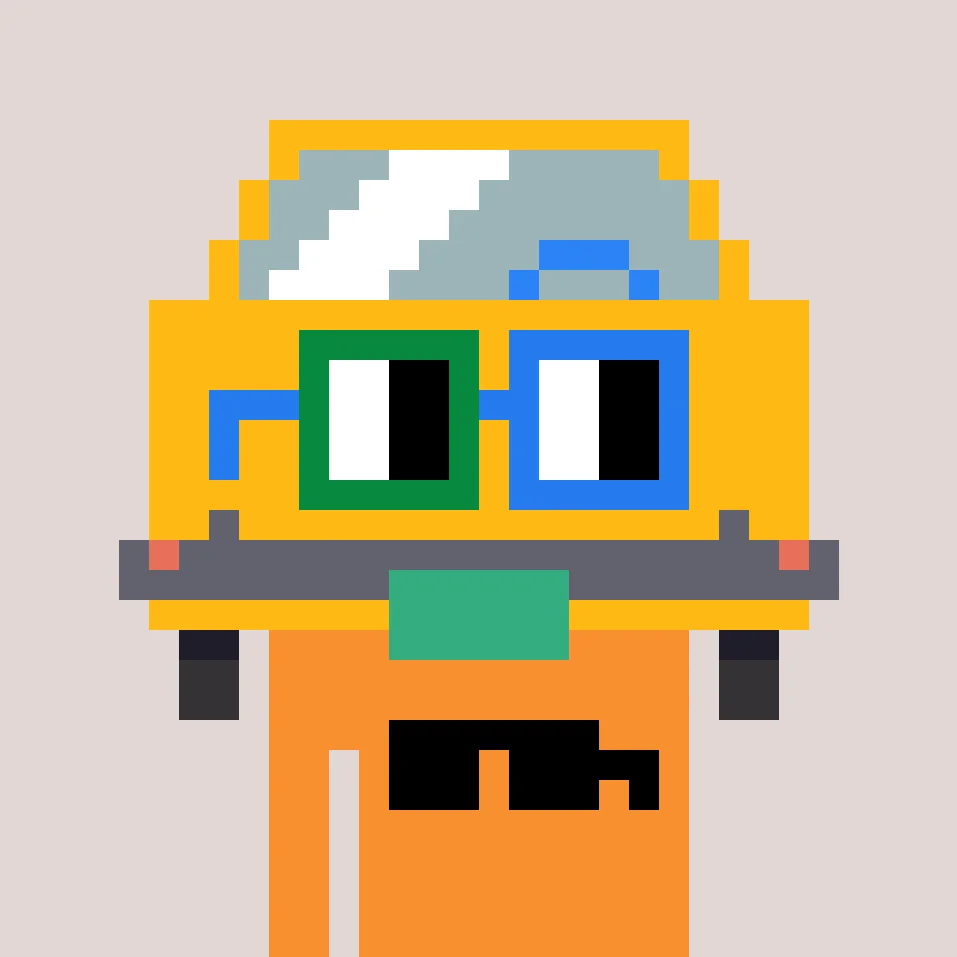
Launched in August 2021, Nouns DAO is a groundbreaking project on the Ethereum blockchain, characterized by its daily auction of one NFT. These NFTs are generative, 32×32 pixel characters, designed with a vast array of traits including bodies, accessories, heads, and glasses.
The project operates under a CC0 license, encouraging open access and usage rights for the community. With every new Noun minted and auctioned, the proceeds directly benefit the project's communal treasury, reinforcing the DAO's governance and allowing NFT holders to vote on project directions and proposals.
This model ensures a dynamic and continuously evolving ecosystem, granting each Noun NFT equal voting power in the governance process. The founders, known as 'Nounders', include notable figures from the crypto art and technology sectors, emphasizing the collaborative and community-driven nature of the project.
8. Lil Nouns DAO
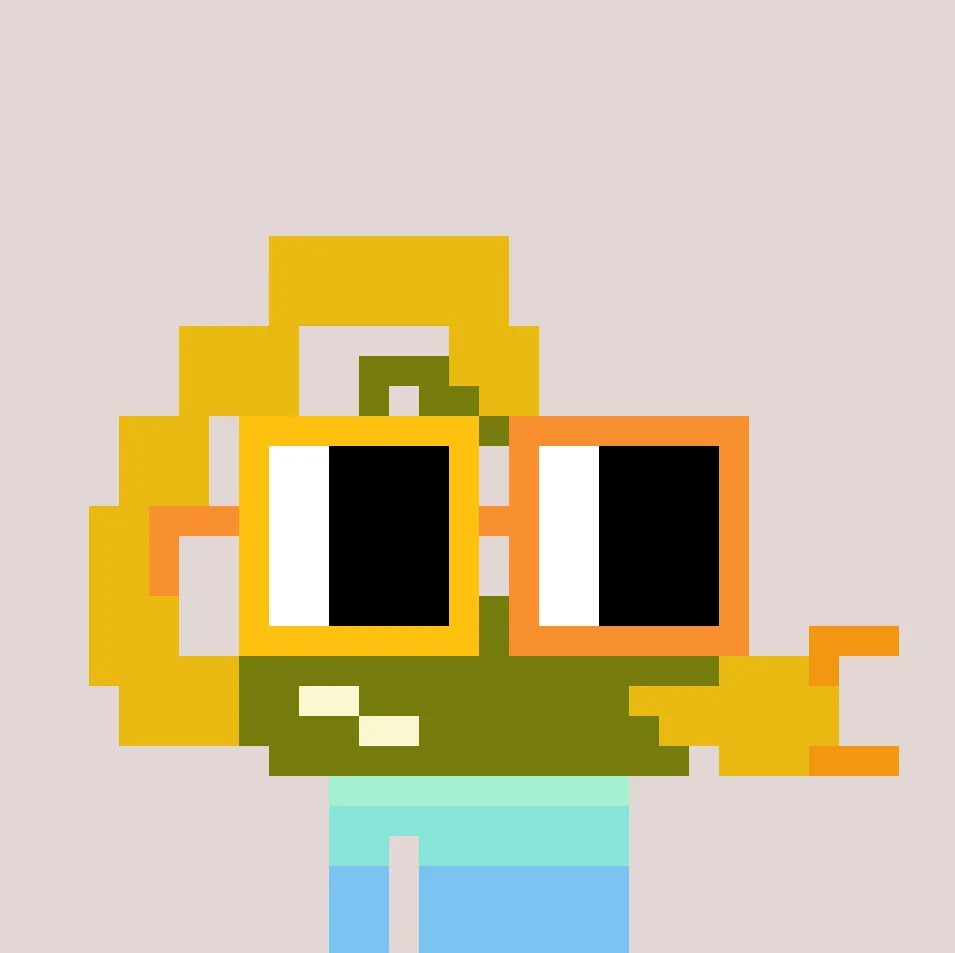
Lil Nouns DAO, a derivative and more accessible project of Nouns DAO, generates smaller, 16×16 pixel Nouns every 15 minutes. This initiative offers an affordable entry point for community members aspiring to participate in the Nouns ecosystem.
Despite their smaller size, Lil Nouns maintain the playful and creative spirit of the original project, providing a platform for artists to submit designs for new Lil Nouns, further diversifying the collection.
Similar to Nouns DAO, Lil Nouns are represented on the Ethereum blockchain, with designs submitted to and approved by the DAO before minting. This process highlights the project's commitment to community involvement and creative freedom.
Both Nouns and Lil Nouns DAOs exemplify the potential of decentralized governance and community-driven creativity in the NFT landscape. By continuously generating new NFTs and allowing the community to guide the projects' futures, they set a precedent for how blockchain technology can foster innovation, collaboration, and inclusivity.
9. “Merge” by Pak
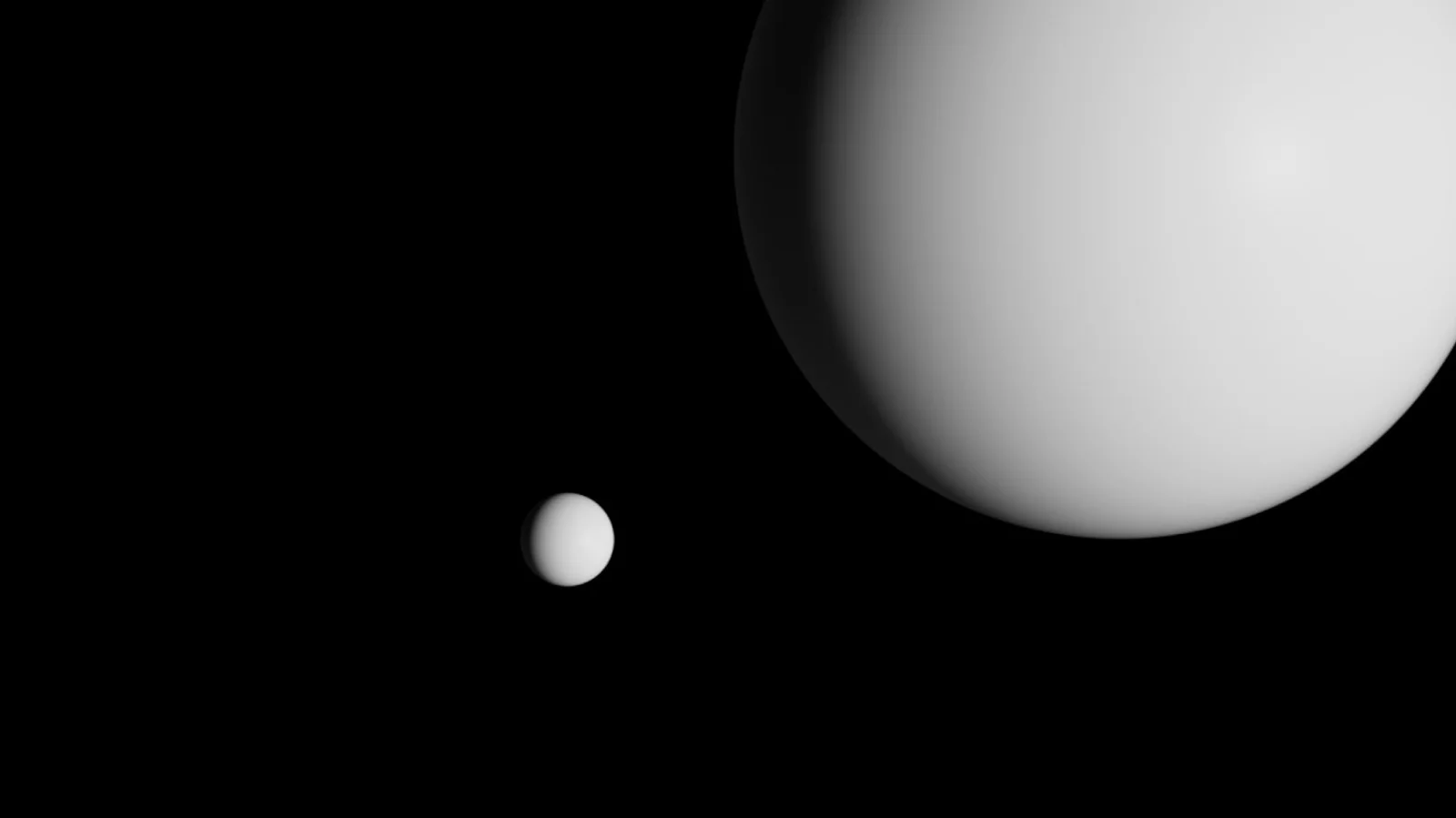
"Merge" by Pak is an extraordinary NFT project that broke records and redefined the landscape of digital art through its innovative use and conceptualization of NFTs.
Launched on Nifty Gateway in December 2021, "Merge" quickly garnered attention for its unique approach, raising over $91.8 million within a 48-hour sale period, marking it as one of the most significant sales in the history of digital art by a living artist.
The project consists of 312,686 units of "mass" that were sold to collectors, which could then be merged to form a single, unique NFT for each owner.
This mechanism not only introduced a dynamic element to the collection but also played with the concept of scarcity and collectibility in the digital space. The more "mass" one collected, the larger their NFT became, visually represented by a simple yet elegant circle on a black background.
Frequently Asked Questions
1. What does open edition mean?
An "open edition" NFT refers to a type of digital collectible where there is no fixed limit on the number of copies that can be minted.
This model allows for the creation of an unlimited number of units within a specified time frame, making the artwork more accessible to a broader audience.
Unlike limited edition NFTs, which cap the number of copies to create scarcity, open editions prioritize inclusivity and wider distribution.
2. How do I make an open edition NFT?
To create an open edition NFT, follow these general steps:
Choose a Platform: Select a blockchain platform that supports NFT creation, such as Ethereum, and a marketplace that facilitates open editions, like Nifty Gateway or OpenSea.
Prepare Your Artwork: Ensure your digital art is ready for minting. This could be a single piece or a series of artworks intended for the open edition.
Set the Edition Parameters: Decide on the duration of the open minting period. Unlike limited editions, you won't set a cap on the number of copies but will define how long the minting window stays open.
Mint the NFT: Use the chosen platform's tools to mint your NFT. You'll typically need to upload your artwork, fill in the details (such as name and description), and specify the minting period.
Launch and Promote: Once your NFT is minted, launch it on the marketplace and promote it to potential buyers. Marketing is crucial for attracting a broad audience during the minting window.
If you want to ensure a seamless launch of your NFT project, you can tap into the expertise of Global Blockchain Solution. Contact us via phone, WhatsApp, or email, or, better, book a free 15-minute consultation with our experts.
3. What is a limited edition NFT?
A "limited edition" NFT is a type of digital collectible where the creator sets a specific cap on the number of copies that can be minted, creating scarcity. For example, an artist may release a digital artwork as a limited edition of 100 copies.
Once all 100 are minted, no more copies can be produced, potentially increasing the NFT's value due to its rarity. Limited editions contrast with open editions by offering exclusivity and often commanding higher prices due to their scarcity.

